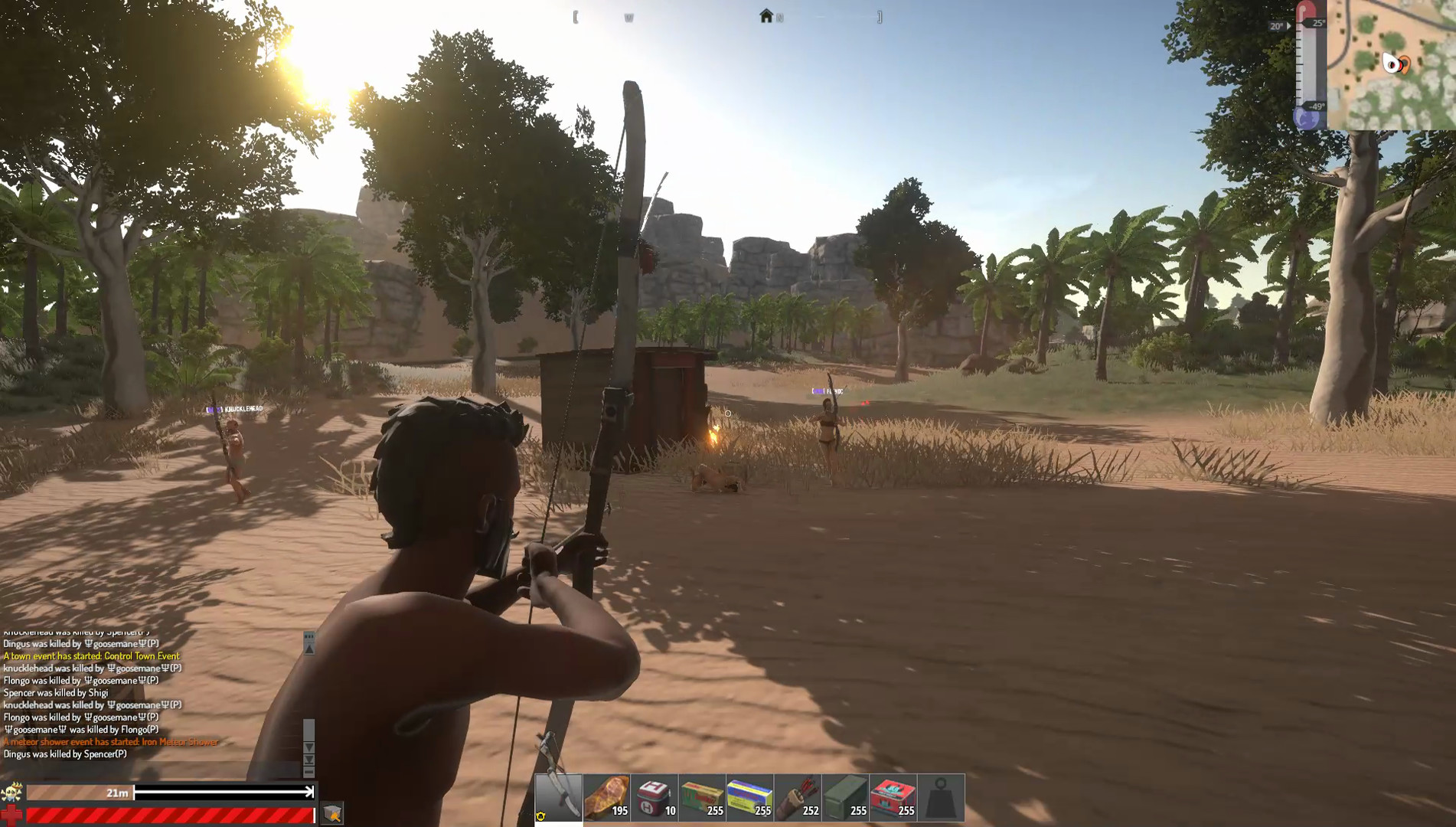
There were other changes in that first draft also.

Thus that first historic sentence- the one that is usually quoted from the speech- was born: "Yesterday, December 7, 1941- a date which will live in infamy- the United States of America was suddenly and deliberately attacked by the naval and air forces of the Empire of Japan." 1, Roosevelt changed "a date which will live in world history" to "a date which will live in infamy," providing the speech its most famous phrase and giving birth to the term, "day of infamy," which December 7, 1941, is often called.Ī few words later, he changed his report that the United States of America was "simultaneously and deliberately attacked" to "suddenly and deliberately attacked." At the end of the first sentence, he wrote the words, "without warning," but later crossed them out. Tully typed up what Roosevelt had dictated, and the President went to work on this first draft by hand.

Running little more than five hundred words, the message was dictated without hesitation or second thoughts." 4 He enunciated the words incisively and slowly, carefully specifying each punctuation mark and new paragraph. "Yesterday, December seventh, 1941, a date which will live in world history," he began as Tully took down the words, "the United States was simultaneously and deliberately attacked by naval and air forces of the Empire of Japan." 3īiographer Nathan Miller recalls: "He inhaled deeply on his cigarette, blew out the smoke, and began dictating in the same calm tone he used to deal with his mail. But it was to become one of the most famous speeches of the twentieth century, giving birth to one of the most famous phrases of the century. "I'm going before Congress tomorrow, and I'd like to dictate my message. In early evening, he called in his secretary, Grace Tully. Roosevelt decided to go before Congress the next day to report on the attack and ask for a declaration of war. 1." In the opening sentence, he changed "world history" to "infamy" and "simultaneously" to "suddenly." At one point, he considered putting the words "without warning" at the end of the sentence but later crossed them out. Across the nation, news of the attack spread by radio and word of mouth, and Americans began thinking about what life in a nation at war was going to be like.įranklin Roosevelt's changes to the first draft of his speech are clearly visible on "Draft No. Security was increased around the White House, and plans for a bomb shelter for the President underneath the nearby Treasury Department building were under way. installations, ships, and planes in Hawaii. 1įor the rest of that afternoon, sixty years ago, Roosevelt and his advisers were busy at the White House receiving fragmentary reports about the damage to U.S. At the very time they were discussing peace in the Pacific, they were plotting to overthrow it," he said. "It was just the kind of unexpected thing the Japanese would do.

Harry Hopkins, a top aide who was with Roosevelt at the time, could not believe the report. Hawaii time, Secretary Knox told the President. The Japanese had attacked Pearl Harbor, Hawaii, just before 8 a.m. The White House operator announced that Secretary of the Navy Frank Knox was on the line and insisted on talking with him. Roosevelt was just finishing lunch in his oval study on the second floor of the White House, preparing to work on his stamp album, when his telephone rang. In the early afternoon of December 7, 1941, Franklin D. The USS Arizona seen burning after the attack by the Japanese at Pearl Harbor, Hawaii, the morning of December 7, 1941.


 0 kommentar(er)
0 kommentar(er)
